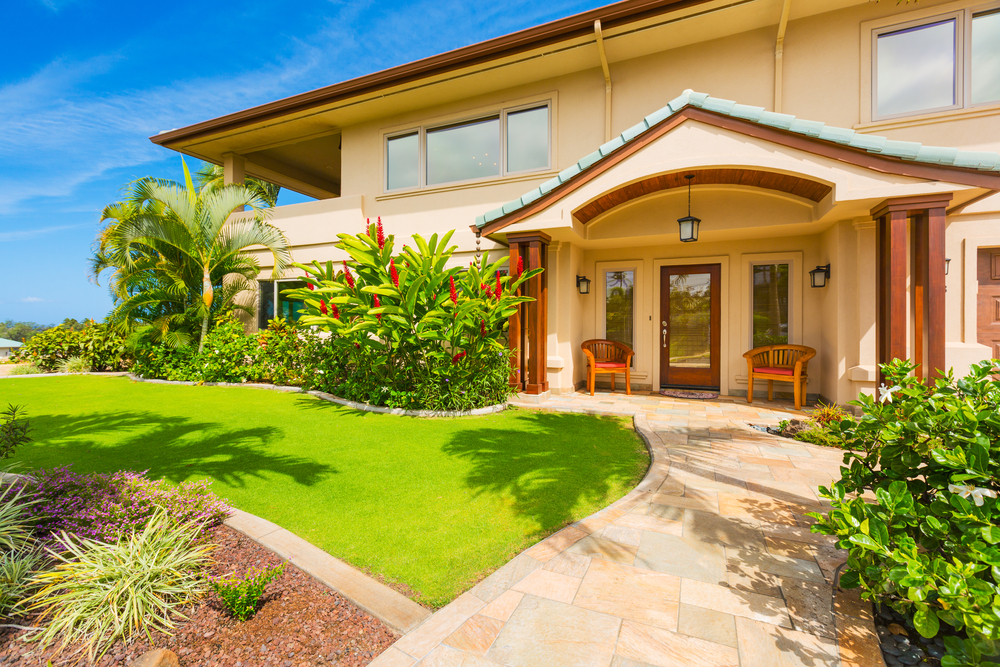Introduction
Discover your ideal home architectural style in India. From traditional to contemporary designs, learn how to match your home's style with your personality, cultural roots, and practical needs. Navigate climate considerations, budget constraints, and personal vision to create a home that truly reflects you.
You've reached the stage where a crucial question awaits: What architectural style best suits your lifestyle, your vibe, your family, and of course your budget? In India, we’re spoiled for choice when it comes to architecture styles. From the heritage-rich temples in Tamil Nadu to sleek urban apartments in Mumbai, our diverse culture and climate makes the decision making both exciting opportunities and challenging. Let’s break down a few styles and try to help you find the perfect match for your home.
1. Why your home’s style matters

When you choose the right architectural style, it isn’t just about aesthetics; it’s about:
• Functionality: How conducive is the weather? You really wouldn’t want a glass house in Rajasthan’s scorching summers.
• Cultural connection: Your home can reflect traditions, from Kerala's Nalukettu to Gujarat's Haveli.
• Budget: There are some styles that would demand higher maintenance or premium (read more expensive) materials.
• Futureproofing: Trends are temporary but timeless designs endure. Choose wisely if you want to pass it down generations.
2. Popular architectural styles in India

a. Traditional Indian styles
1. South Indian vernacular (Kerala & Tamil Nadu)
o Features: Sloping roofs, open courtyards, intricate wood carvings.
o Benefits: Ideal for hot, humid climates. The sloped roofs are perfect for monsoons.
o Tip: Use local materials like terracotta tiles and timber for cost efficiency.
2. Rajasthani/Mughal-inspired
o Features: Jharokhas (balconies), domes, sandstone facades, jaali (latticework).
o Benefits: Offers grandeur and timeless appeal.
o Tip: Opt for jaali designs to keep interiors cool even while adding a royal touch.
3. Bengali bungalows
o Features: Large verandas, intricate wrought iron railings, and slanted roofs.
o Benefits: Perfect for areas with heavy rainfall.
o Pro Tip: Use locally sourced red bricks for the authentic charm.
4. Goan Portuguese
o Features: Vibrant exteriors, arched windows, and tiled roofs.
o Benefits: Coastal vibes with a touch of old-world elegance.
o Pro Tip: Pick bold colours and tiles to bring out the Goan character.
b. Contemporary styles
1. Modern minimalism
o Features: Clean lines, neutral tones, large windows, and open floor plans.
o Benefits: Ideal for urban setups and smaller plots, where maximizing space is a genuine need.
o Pro Tip: Invest in energy-efficient windows to shade up the large windows on sunny days.
2. Fusion designs
o Features: Mix of traditional and modern elements.
o Benefits: Perfect for families who want to combine heritage with contemporary needs. (Incorporating a traditional central courtyard (nalukettu) with a modern home office space, or the need to combine traditional joint family gathering areas with modern privacy needs - a traditional verandah connected to separate, contemporary private living quarters for nuclear family units maybe?)
o Pro Tip: Blend features like a central courtyard with glass exteriors.
| Style | Regional Origin | Key Features | Climate Suitability | Design Philosophy |
South Indian Vernacular | Kerala & Tamil Nadu | - Sloping roofs | Hot, humid climates | Climate-adaptive traditional design |
Rajasthani/Mughal-inspired | Rajasthan | - Jharokhas (balconies) | Dry, arid regions | Royal and ornate architectural expression |
Bengali Bungalows | Bengal | - Large verandas | Areas with heavy rainfall | Colonial-influenced regional architecture |
Goan Portuguese | Goa | - Vibrant exteriors | Coastal regions | Blend of European and local architectural styles |
Modern Minimalism | Urban contexts | - Clean lines | Urban setups, smaller plots | Space optimization and contemporary aesthetics |
Fusion Designs | Pan-Indian | - Mix of traditional and modern elements | Versatile | Bridging heritage and contemporary living needs |
3. Factors to Consider Before Making a Decision

a. Climate
• Hot and dry regions: Choose thick walls and minimal windows
• Wet and humid areas: Opt for sloped roofs and open courtyards
• Cold regions: Focus on insulation and modern double-glazed windows
b. Plot size
• Large plots: You have room to experiment with sprawling bungalows or villas.
• Smaller plots: Compact designs like modern minimalism or vertical constructions are ideal.
c. Family needs
• Joint families: Plan for multiple living areas and central gathering spaces
• Nuclear families: Focus on open layouts and multifunctional spaces.
d. Local building regulations
• Verify zoning laws and height restrictions in your area before finalizing designs.
e. Budget considerations
• Traditional styles often require skilled artisans, which can drive up costs.
• Contemporary designs with prefab materials might be more affordable.
4. Tips for bringing your vision to life

1. Hire the right architect: Look for someone who understands local styles and materials.
2. Use local materials: Not only are they cost-effective, but they also blend seamlessly with the environment.
3. Visit similar homes: Before finalizing a style, visit homes built of that style to get a feel for the space.
4. Think long-term: Will the style age well? Will it still meet your needs 10-20 years down the line?
5. Stay true to your personality: Ultimately, your home should reflect you. Don’t build a Mysore palace if your heart beats for sleek, modern designs.
In conclusion
Selecting your home's architectural style is a personal journey that balances aesthetics, functionality, and tradition. Whether you're drawn to a traditional Bengali bungalow, a majestic Rajasthani mansion, or a contemporary urban design, focus on harmonizing personal taste with practical needs. Take time to research and remember: your home isn't just a living space—it's where your story begins.
Related articles
Share this article on:
Sign up for the newsletter
If you want relevant updates occasionally, sign up for the private newsletter. Your email is never shared.

















